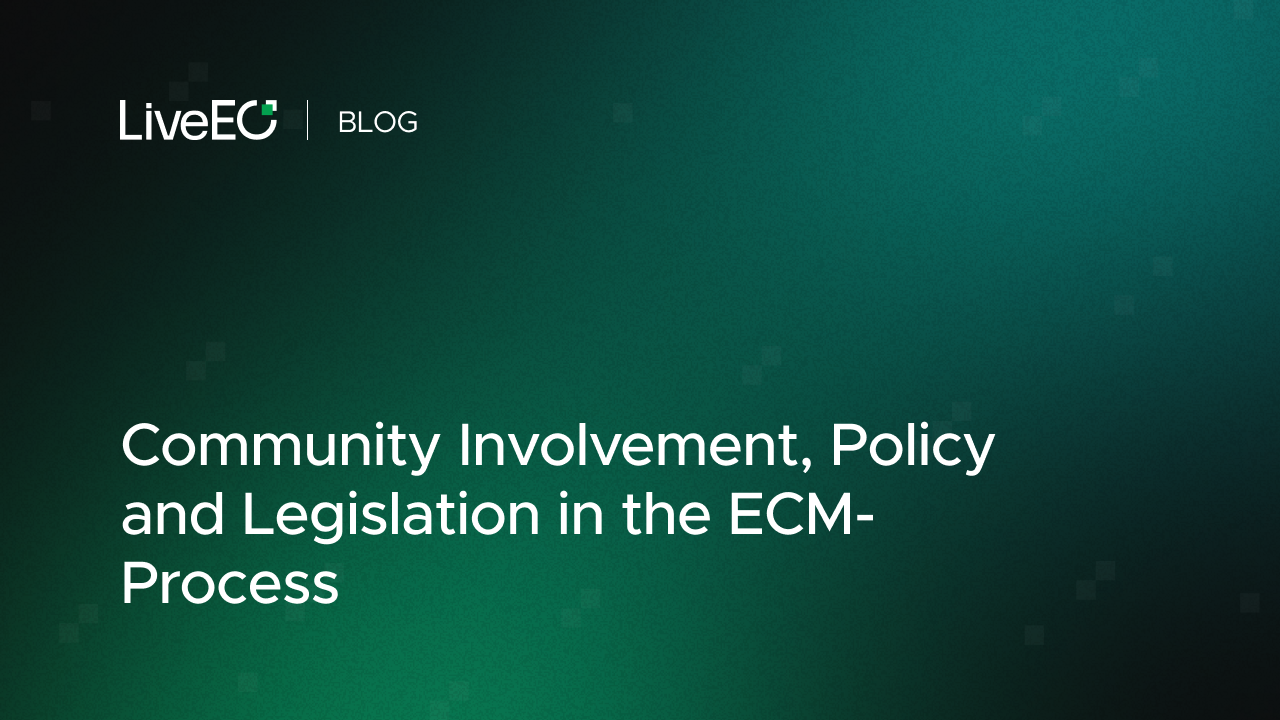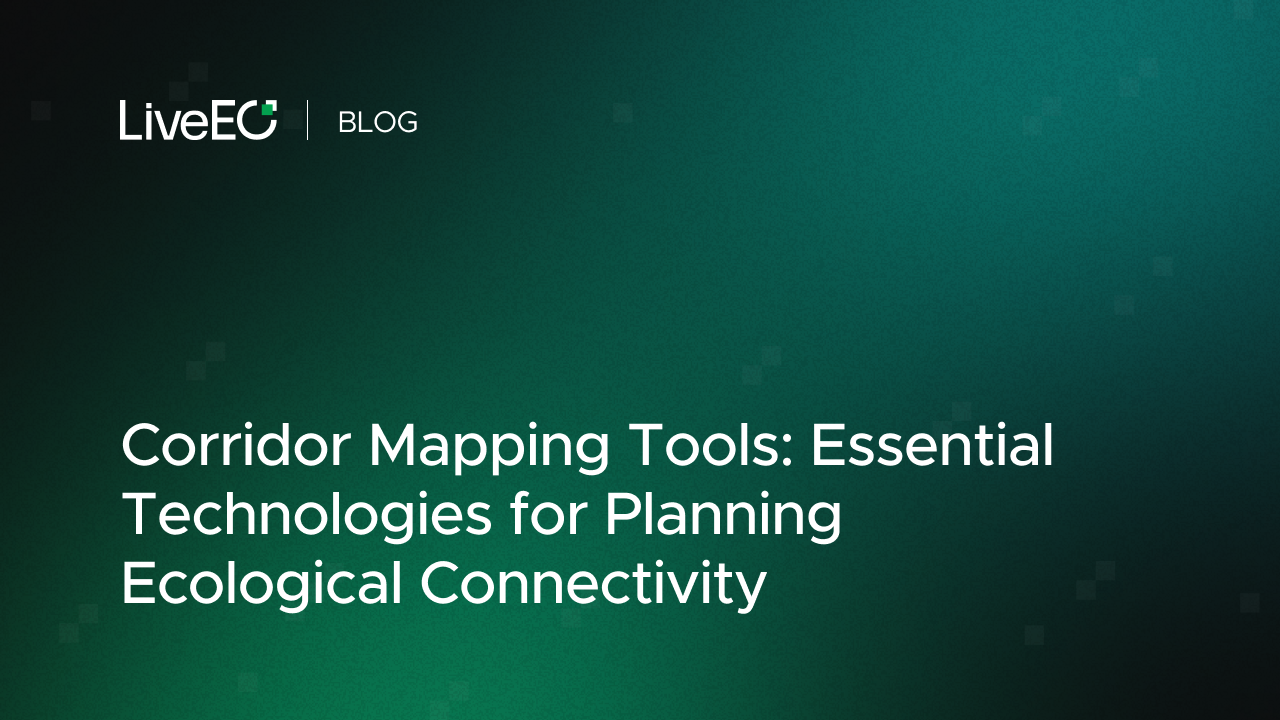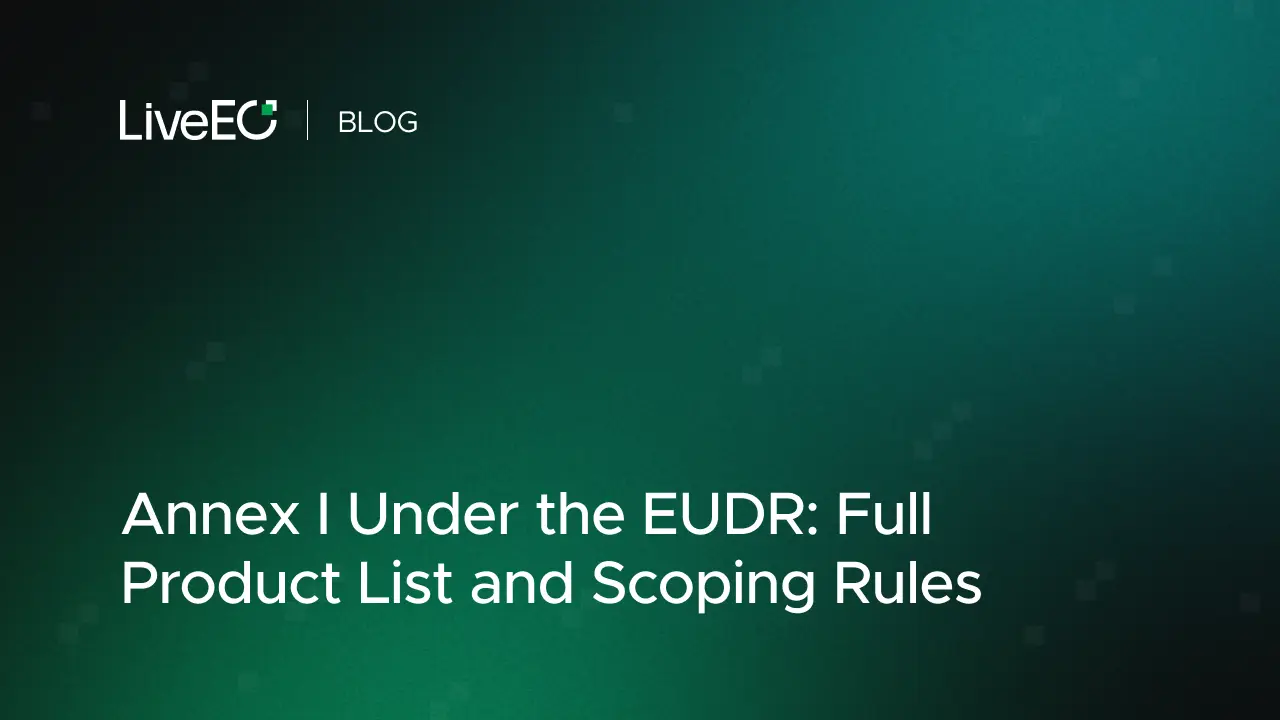In our recent webinar with PEFC, we addressed a range of important questions related to the implementation of the EU Deforestation Regulation (EUDR) and its impact on supply chains.
You can watch the recording here. If you don't see the video below, please clear your browser cache, reload the page and accept cookies.
From understanding how to connect with the EU Information System to navigating the complexities of high-risk countries and Chain of Custody (CoC) certification, this Q&A session provided valuable insights for businesses aiming to stay compliant.
Below, you’ll find the key questions and expert answers.
Geolocation Gathering Q&A
Will TradeAware connect with the EU Information System?
Yes, TradeAware will let you submit your due diligence statement directly to the EU information system via an API, once the information system is available. (Answered by LiveEO)
How do you account for local laws and regulations?
TradeAware provides questionnaires that allow suppliers from any country to share relevant, local documentation. We will show examples of documents that are acceptable to comply with and then assess the risk of every document. (Answered by LiveEO)
How do you balance maintaining anonymity in the supply chain with the need for companies to conduct due diligence?
TradeAware ensures that EUDR-relevant information like geolocations travels down the supply chain to enable the submission of the due diligence statement. Sensitive information like contact details, however, is only shared from direct suppliers, not their sub-suppliers. (Answered by LiveEO)
Can other systems connect to TradeAware to bulk onboard suppliers?
Yes, TradeAware lets you bulk-onboard suppliers via an API. This way, you can use information from your existing ERP or supply chain management system to quickly onboard all your suppliers to the platform. (Answered by LiveEO)
Can you tell if a supplier has NOT entered the requested information?
Yes, we will notify you if a supplier has not uploaded geolocations, legal documents or has not answered the questionnaire. TradeAware provides you with a comprehensive overview of pending actions enabling you to follow up where needed. (Answered by LiveEO)
Do suppliers have to pay for access to the platform to upload their geolocations and legal evidence?
No, uploading geolocations and documents to TradeAware is free for suppliers. Paid access unlocks the functionalities like the generation of due diligence statements. (Answered by LiveEO)
What file formats for geolocations does TradeAware work with?
TradeAware supports the bulk upload of geolocations in the GeoJSON format, which is also the format the EUIS is working with. We are working on supporting other file formats soon. (Answered by LiveEO)
Do I have to re-submit the geolocations every year to become compliant?
No, your geolocation information is securely stored on the TradeAware platform. You can access it any time and use the information you put in earlier to prepare and conduct your due diligence. (Answered by LiveEO)
How do you monitor deforestation? What are the data sources?
We mix various satellite data sources based on the commodity and region and the problem to be solved. One key ingredient of our analysis are the satellites operated by the European Space Agency. (Answered by LiveEO)
How do you deal with mixed-species/mixed-supplier products?
EUDR requires all the plots of land that were involved in a supply to be identified, so a sawmill or any facility that mixes materials after DDS will acquire the plots of land from their suppliers and then pass on the relevant groups of data either on a time-related basis or can supply large data sets covering months, etc.
{{inline}}
This is further explained in the EU FAQs website.TradeAware assesses EUDR compliance on the supplier level and offers an API for easy integration with ERP systems to solve order-level compliance management. (Answered by PEFC & LiveEO)
Can I connect TradeAware to our ERP system?
Yes, our API is flexible and allows for different integration scenarios with ERP. Please reach out to discuss your specific requirements. (Answered by LiveEO)
How do you link plots and commodities? And how does TradeAware know the uploaded plots grow the declared commodity?
When a supplier uploads geolocation data into TradeAware, they are asked to declare the commodity grown on the plots uploaded. TradeAware can verify if the declared commodity is actually being grown on the plot through analysis of satellite imagery. (Answered by LiveEO)
When will the TradeAware platform be available?
TradeAware is already available. You can sign up here and onboard your suppliers today. We are continuously adding functionality so you will be ready to complete your due diligence well ahead of the deadline. (Answered by LiveEO)
What is your approach to monitoring forest degradation?
We will cover this topic extensively in our next webinar, you can sign up below:
I am a small forest owner and own 3 ha of forest. I harvest 10 trees every year from the same area. Do I have to submit the same geological information data every year?
Small forest owners can supply the geolocation data of their forest each time they sell anything, or they could just supply the clear-fell boundary data. Either is acceptable. (Answered by PEFC)
When a country is classified as high-risk, but the supplier is PEFC-certified and proves that lumber is from a sustainable forest management source, how will this import be classified?
In a PEFC supply chain, the DDS steps need to be followed according to the PEFC EUDR ST 2002-1:2020. There are different processes to follow, depending on whether the material has an EU reference number or not. (Answered by PEFC)
How can an EU importer identify and segregate non-compliant input material provided by an unknown sub-supplier after it has already entered their supply chain?
Operators have a legal duty to check whether the information they are receiving is true and accurate. If they find out later that there is a problem they need to inform a competent authority and investigate, inform customers and suppliers and if neccessary quarantine or stop supplies. (Answered by PEFC)
Are countries classified as high-risk due to a low corruption perception index considered a non-negligible risk? How should we handle these situations?
This requires working through the tables in the risk assessment section of PEFC EUDR ST 2002-1:2020 to identify potential risks. Based on the results, appropriate mitigation measures should then be implemented to address any identified risks. (Answered by PEFC)
What are the consequences for PEFC holders if they fail to comply with EUDR implementation?
Certification bodies will issue findings against certificate holders if they fail to meet standard requirements or if there are substantiated concerns. In severe cases, companies may lose their certification and will no longer be able to make PEFC claims or trade within PEFC supply chains. Additionally, EU-based organizations bear legal responsibility and liability beyond the scope of voluntary certification. (Answered by PEFC)
Is there a Chain of Custody (COC) certification organization in my country?
Please check the find certified database on pefc.org to see what COC organizations exist in different countries. (Answered by PEFC)
Want to learn more about geolocation gathering? Check out our Comprehensive Guide to Mastering EUDR Geolocation Data Collection.







